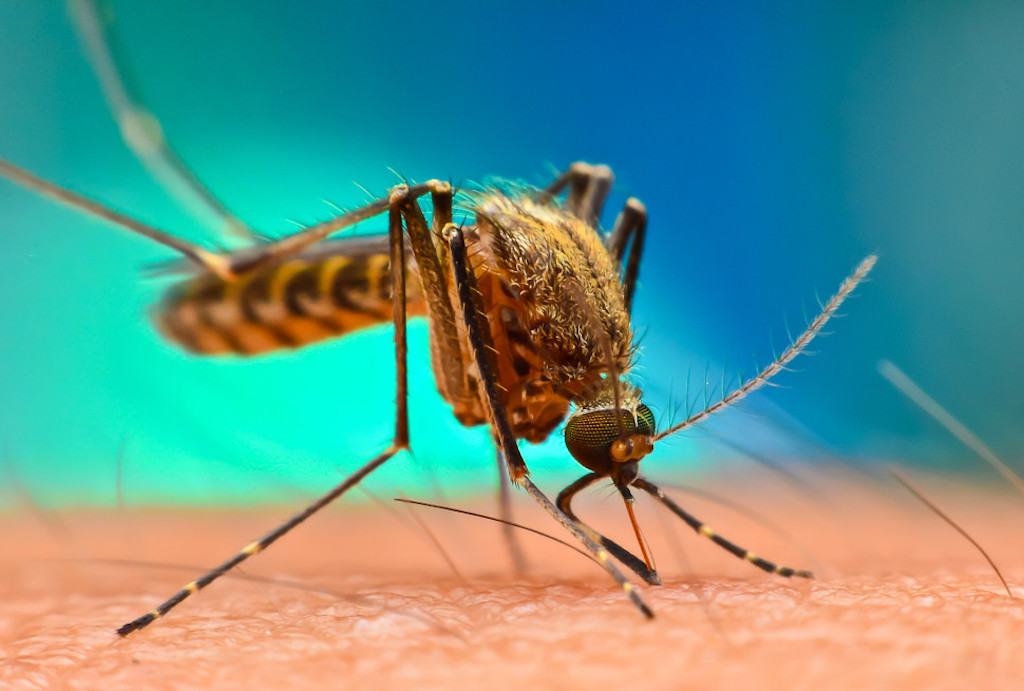- Spirit tumbles to record low on report it's exploring a bankruptcy filing. Here's how it got here
- Mortgage rates spike after stronger-than-expected jobs report
- Supreme Court declines to block Biden rules on planet-warming methane and toxic mercury emissions
- Zillow adds climate risk data to home listings as threats rise
- Fed close to pulling off the elusive economic soft landing in 2024 after great September jobs report
What do you believe is the single most important factor driving up the cost of living in Nigeria?

Researchers investigate changes in atmospheric CO₂ levels between glacial and interglacial climates
Paleoclimate scientists are trying to understand the causes of the ~90 parts per million (ppmv) atmospheric CO 2 swings between glacial and interglacial climates. Even though these cycles between cold and warm periods seem to follow a pattern, researchers believe many different natural processes are involved in causing the CO 2 changes.
Anne Willem Omta, visiting assistant professor in the Department of Earth, Environmental and Planetary Sciences at the College of Arts and Sciences, has led a study looking at how much carbon is stored in the ocean, especially the carbon trapped by living things such as plankton. The research team's findings were published recently in Nature Communications.
Using data from studies that measured carbon isotopes, they found that this stored carbon can explain a change in atmospheric CO 2 levels of about 75 ppmv, give or take 40 ppmv.
In analyzing different parts of the ocean, the researchers saw that the amount of regenerated carbon (carbon that has been used and then released back) was about the same during the Last Glacial Maximum (the coldest part of the last ice age) and during the Holocene (the warm period we are in now).
This means that the change in CO 2 likely came from something else, perhaps how much carbon the ocean and atmosphere exchanged (disequilibrium), rather than just from how much carbon was stored.

- October 4, 2024
Study calls for responsible academic research assessment



- October 5, 2024
How Nigerians should treat uncomplicated malaria – NMEP




- October 4, 2024
Publisher Springer Nature makes stock market debut
Subscribe to our mailing list to get the new updates!

Subscribe our newsletter to stay updated
Thank you for subscribing!






